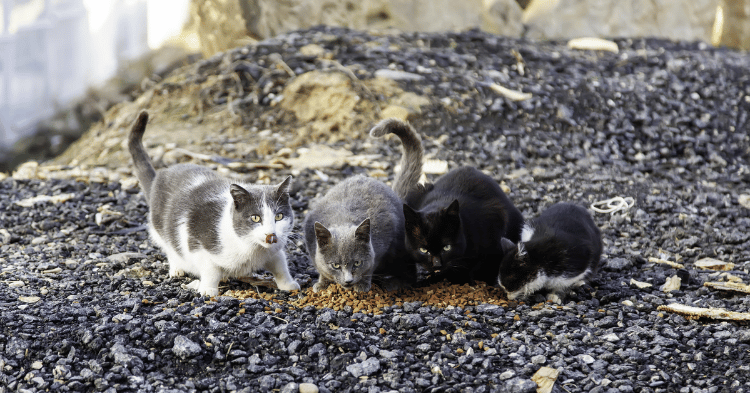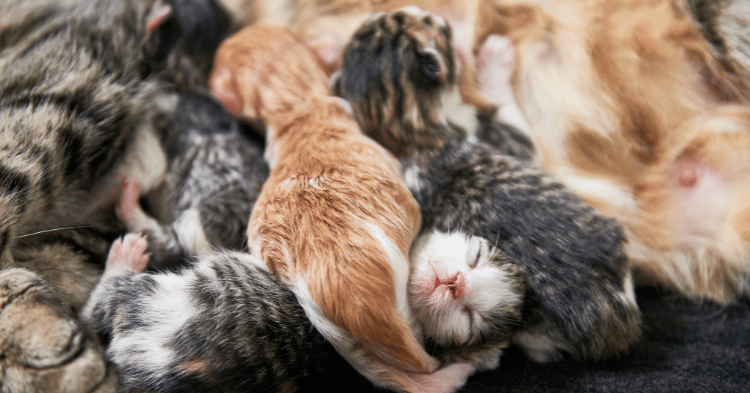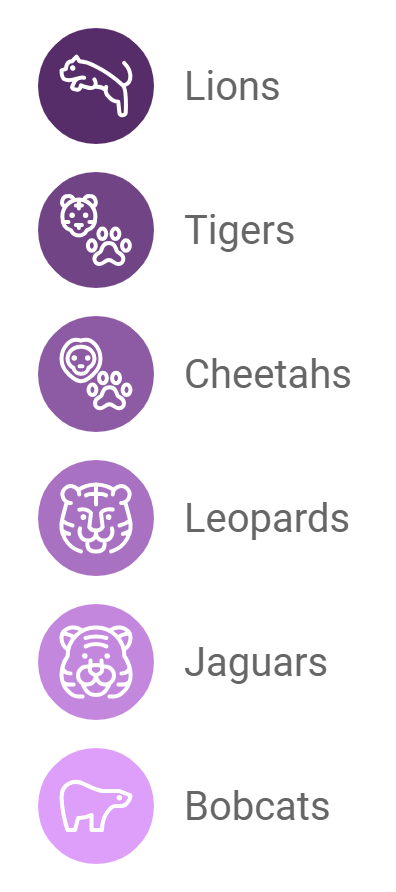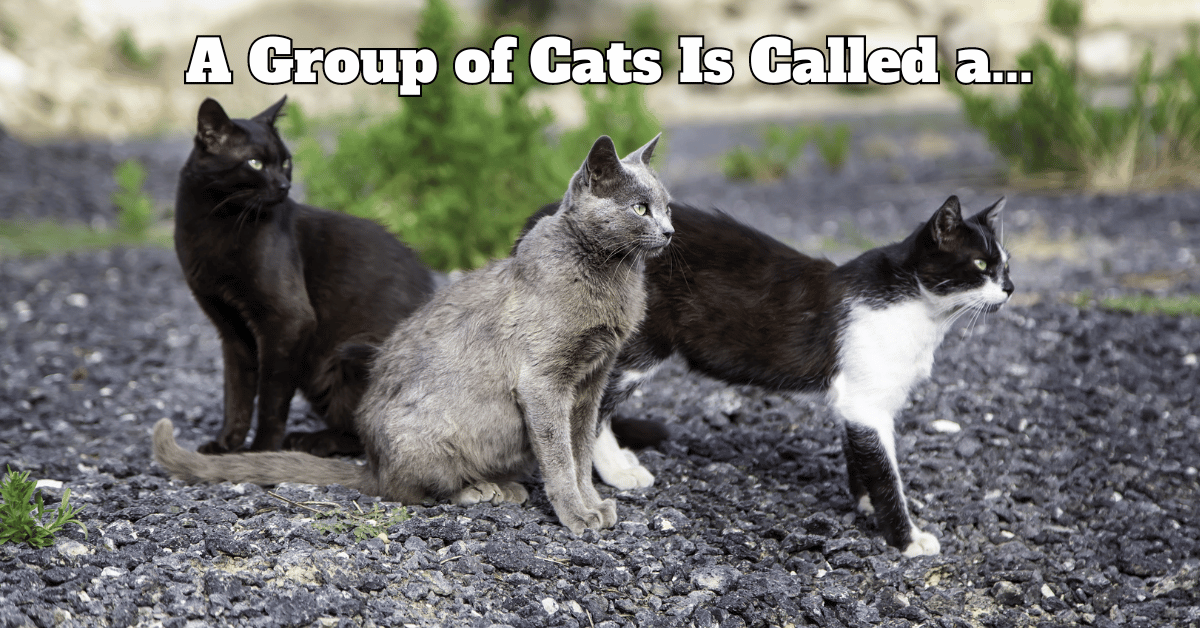What is a Group of Cats Called?
If you’re a cat lover, you probably know about all kinds of interesting cat trivia, from their curious whisker patterns to their unusual sleeping spots. But here’s a question for you: What do you call a group of cats? Most people have no clue, even seasoned cat owners. The answer might surprise you—it’s called a clowder.
The term clowder isn’t as widely recognized as a “pack of wolves” or a “murder of crows.” It’s a unique word that dates back to between 1795 and 1805, with roots in the word clodder, meaning “a cluttered mass.” Think about how cats often gather together, usually in cozy, cluttered corners—it makes sense that this term stuck.
Why Is It Called a Clowder?
The word clowder evolved from older English terms like clodder or even clutter, which makes perfect sense for our feline friends. Cats, by nature, love gathering in hidden nooks and crannies, often in a way that seems scattered or random. When you see a bunch of cats together, it’s usually an adorable mix of legs, tails, and fur that might as well be described as a “cluttered mass.”
Clowder isn’t the only term for a group of cats, though. Let’s explore some other names that are equally fascinating and highlight different aspects of feline behavior.
Other Names for a Group of Cats
While clowder is the most common term, there are a few other names that are used to describe a group of cats, each with its own unique flavor:

- Cluster: This term dates back to the 1400s and refers to a close gathering of individuals, animals, or objects. Imagine a group of cats sitting together, all curled up in a tight circle—that’s a cluster.
- Glaring: A glaring of cats refers to a group that doesn’t know each other well and might be sizing each other up. It’s especially fitting when you see cats sitting around, staring each other down suspiciously, perhaps competing for a spot in the sun.
- Nuisance: This term comes from the 17th century and describes a source of annoyance. If you’ve ever experienced a group of cats getting into mischief, you can understand why nuisance is an appropriate name.
- Pounce: The word pounce captures the playful nature of a group of cats. It dates back to the 17th century and paints a picture of cats ready to leap and play, full of energy and curiosity.

What is a Group of Kittens Called?
When it comes to kittens, there’s a different term altogether. You might be familiar with the word litter, which is the most common way to describe a group of kittens born at the same time. But did you know they can also be called a kindle?
The term kindle has its roots in Middle English, where it meant “to give birth to” or “offspring.” It’s a charming word that fits perfectly with the image of a group of tiny, playful kittens just starting their journey in the world.

What is a Group of Feral Cats Called?
Feral cats are often seen as solitary, but they are actually quite social and tend to form groups called colonies. A colony of feral cats is usually found in areas like back alleys, abandoned barns, or other places where they can find food and shelter.
These colonies often consist of female cats and their offspring, living together without a strict hierarchy. Unlike domesticated cats, these colonies are focused on survival, with each member playing a role in the group’s well-being.
Other Interesting Terms for a Group of Cats
There are also some less common, but equally intriguing, terms used to describe groups of cats:
- Destruction: This term is often used for a group of wild or feral cats, emphasizing their territorial nature and the potential chaos they can cause.
- Dowt: This is a more obscure term specifically used for wild or feral cats. It’s not commonly used today, but it adds to the colorful vocabulary that cat lovers can appreciate.
Group Names for Big Cats
Big cats might be solitary by nature, but they also have unique group names:

- Lions: A group of lions is called a pride, one of the most well-known animal group names. Lions are unique among big cats because they are highly social.
- Tigers: A group of tigers is called a streak if it consists of females and cubs, or an ambush if it’s a rare gathering of adults hunting together.
- Cheetahs: Young male cheetahs that stick together are called a coalition. This bond helps them find a new territory or pride.
- Leopards: A group of leopards is called a leap, reflecting their solitary but agile nature.
- Jaguars: The terms leap and prowl are both used for jaguars, highlighting their stealth and strength.
- Bobcats: While not technically big cats, bobcats can be referred to using terms like clowder, clutter, or pounce, depending on the situation.
Fun Facts and Trivia About Cat Group Names
Cat group names can be quite whimsical, and there are a few fun facts worth mentioning. In some cultures, different terms might be used for groups of cats, reflecting local traditions and language quirks.
The term clowder has even appeared in literature and folklore, where cats are often depicted as mysterious and independent creatures. Whether it’s a clowder, a pounce, or a nuisance, the language we use to describe cats captures their playful and sometimes unpredictable nature.
Summarizing Cat Group Names
At Sweet Purrfections, we love sharing fun facts like these, but we also provide practical cat care tips for all different breeds. Whether you’re looking for grooming advice or guidance on how to keep your feline friends happy and healthy, we’ve got you covered.
Now you know that a group of cats isn’t just a random collection—it’s a clowder, a cluster, or even a glaring. These unique terms offer insight into the behavior and charm of our feline companions. Next time you see a bunch of cats hanging out, you can impress your friends with your knowledge of the correct term. Have you ever seen a clowder or a colony in action?
Meet Sean, a fintech whiz with a penchant for pet purrs and blockchain buzz. After a decade of fintech feats, Sean’s tech talents leaped from ledger lines to litter lines, driven by a passion for pets and a vision for a more connected pet care community. With three critter companions as co-pilots, Sean launched this blog to share a treasury of pet-friendly tech tips and tales.



